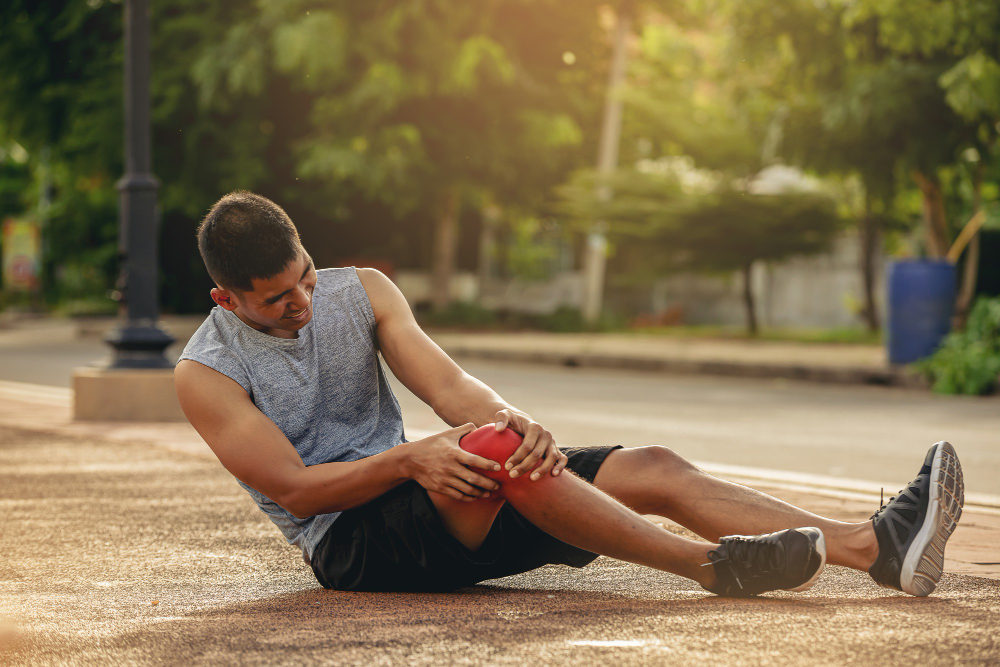What Are Sports Injuries?
Sports injuries are injuries that happen during exercise, sports, or physical activity. These injuries can affect muscles, bones, joints, or ligaments. Often, people get sports injuries while playing games, running, or lifting weights. Because sports injuries are common, it is important to know how to spot them early. According to the CDC, millions of people visit doctors each year for sports injuries.
Common Symptoms of Sports Injuries
Recognizing sports injury symptoms early can help you get the right treatment. Some symptoms appear right away, while others develop slowly. For example, you may feel pain or swelling soon after an injury. However, some symptoms may take hours or days to show up. Watch for these signs:
If you notice any of these sports injury symptoms, it is wise to rest and seek help if needed.
Main Causes and Risk Factors
Sports injuries can happen for many reasons. Sometimes, they occur because of a sudden accident. Other times, they develop slowly from overuse. Here are some common causes and risk factors:
In addition, children and teens are at higher risk because their bodies are still growing. Adults who are not active regularly may also face more risk when starting new sports.
Diagnosis Methods
Doctors use several methods to diagnose sports injuries. First, they ask about your symptoms and how the injury happened. Next, they examine the injured area. Sometimes, they may order tests to get a clearer picture. Common diagnosis methods include:
With these tools, doctors can find out the type and severity of your sports injury. This helps them choose the best treatment for you.
Treatment Options for Sports Injuries
Treatment for sports injuries depends on the type and severity of the injury. Many injuries heal with simple care at home. However, some may need medical or surgical treatment. Here are common options:
Non-Surgical Treatments
Surgical Treatments
Most people recover well with proper care. Still, following your doctor’s advice is key for a safe return to sports.
Prevention Tips and Lifestyle Guidance
Preventing sports injuries is possible with a few smart steps. Not only do these tips lower your risk, but they also help you stay active and healthy. Try these prevention tips:
In addition, regular stretching and strength training can protect your muscles and joints. If you want to know more about how to prevent sports injuries, talk to a healthcare provider.
When to See an Orthopedic Specialist
Sometimes, sports injuries need expert care. You should see an orthopedic specialist if:
Orthopedic sports injury treatment can help you heal faster and prevent long-term problems. Early care is important for a full recovery.
Conclusion
Sports injuries are common, but you can manage them with the right knowledge. By knowing the symptoms, causes, and treatment options, you can protect yourself and stay active. If you have concerns or need help, consult an orthopedic specialist for personalized advice on sports injuries.
